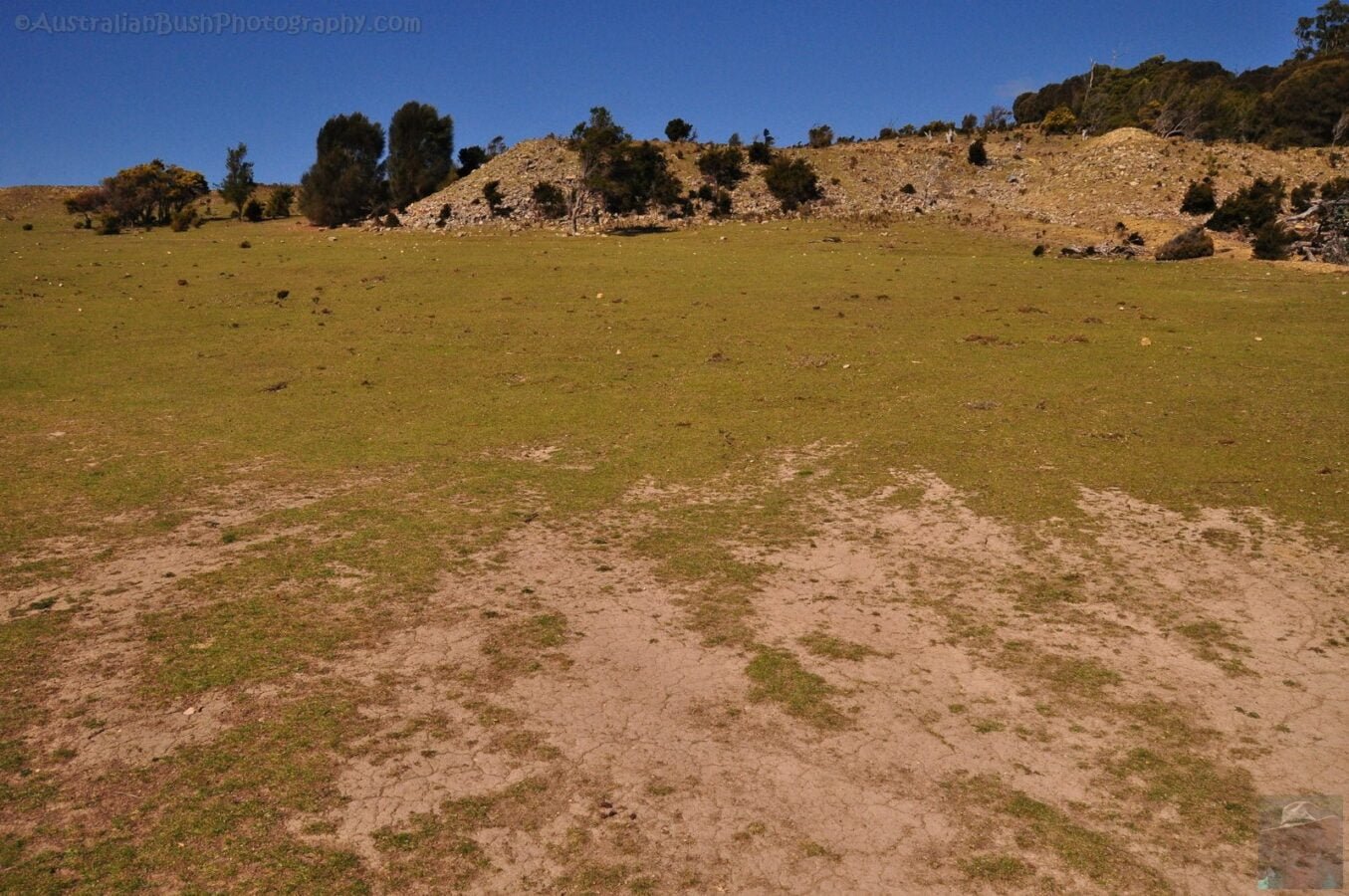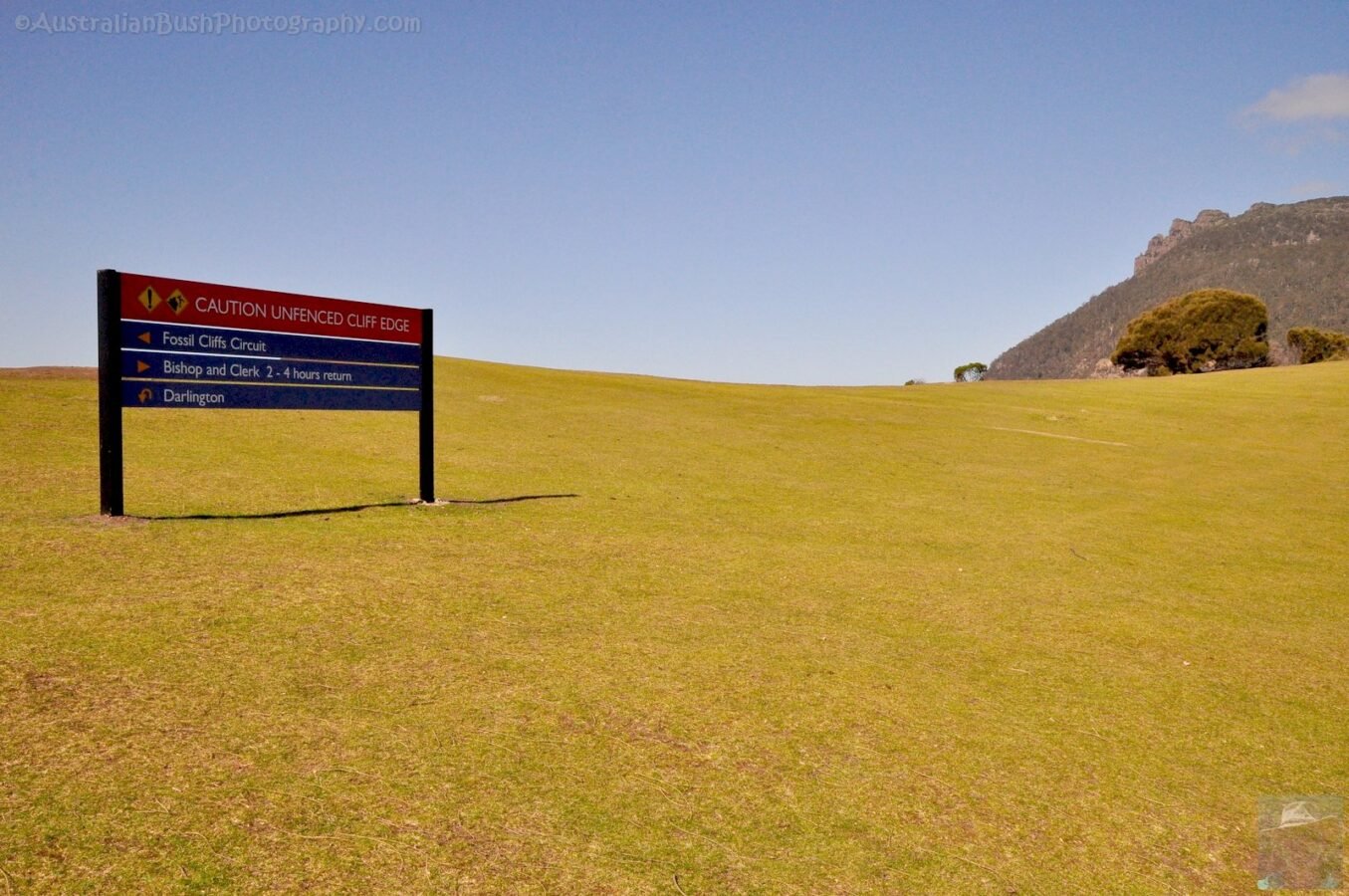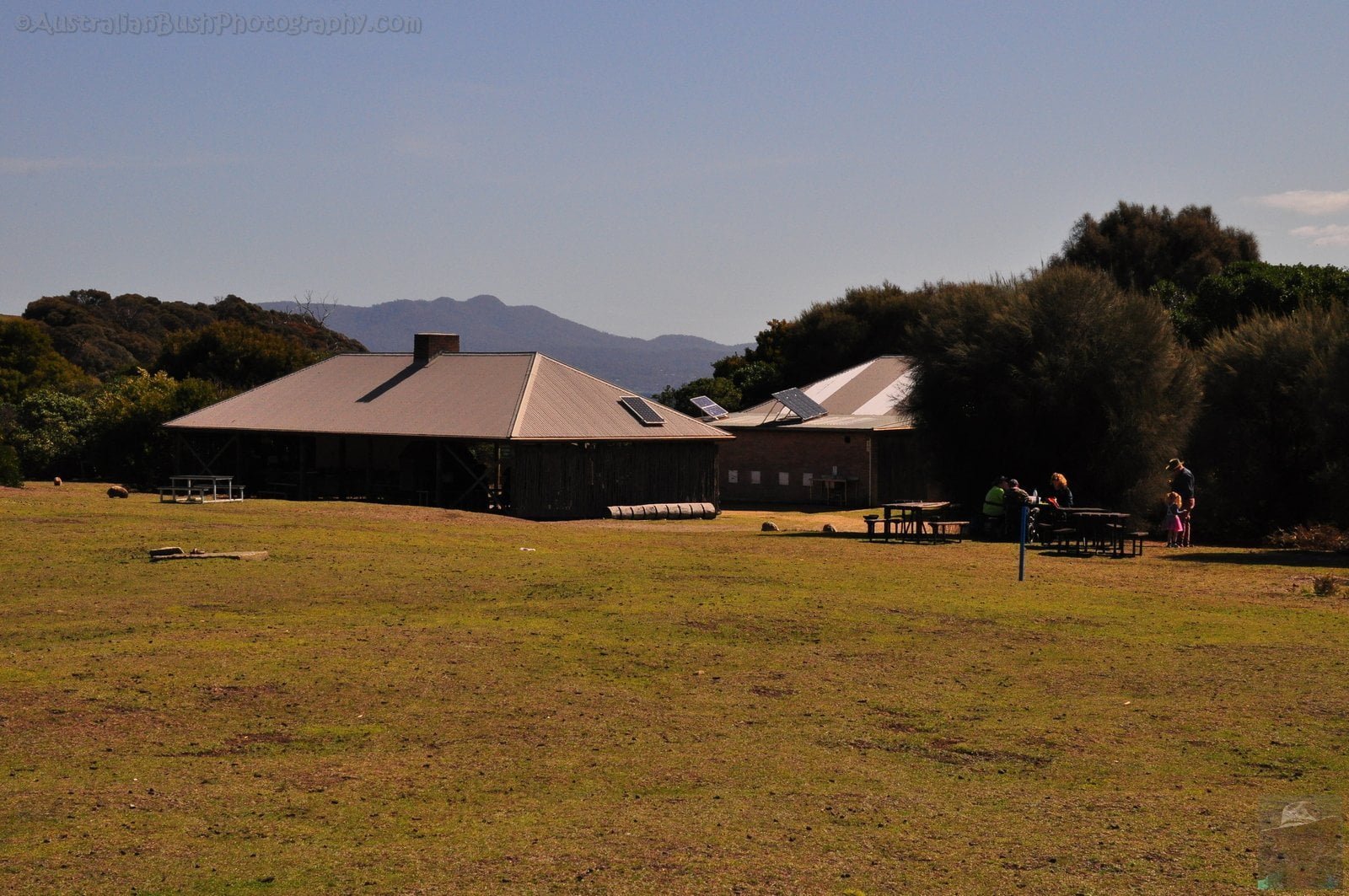October 5, 2019
We continued our walk around Maria island after a lunch break by strolling around Darlington, the only settlement ever built and still containing one building remaining from the Convict era and others from it’s more “commercial” days. To the right from the entry point above is a large camping area, camp kitchen and toilet/shower block.You have to bring everything with you and take all your rubbish away but tent camping is available here and further South for those wishing to walk or cycle the island at length. You can bring bicycles across on the ferry or hire them on the island.
The buildings remaining include the Penitentiary which is now largely used as backpacker accommodation (the longer building centre of photo) with the adjacent buildings housing a mess hall and toilet/shower facilities. The building to the right of the long main one also housed Smith O’Brien, a well known irish insurgent who spent some time in exile here before his stint at port Arthur where there is also a Smith O’Brien Cottage
The other major building in this part of the settlement is the old Coffee Palace, the “Club” of it’s day now partially restored to show the Sitting Room and Dining Room set out in the style of the period; the rest of the building is intended to be restored so that it can all be viewed in the future.




The remainder of the buildings are mostly present or past dwellings, some of wich are available as accommodation; separate from the settlement are staff residences placed out of the view of visitors to retain the originality of Darlington.




The final walk for our day was the Fossil Cliffs, we were advised to do this anti clockwise because you do the climbing to the top in a short section instead of a long climb from the other side. As you leave the settlement you pass what are known as the Twelve Apostles, these are the remaining footings and chimney bases of 12 cottages provided originally for workers and afterwards removed and relocated to Hobart. Past these you continue through a wooded area with some of the native bushes in Spring flower.

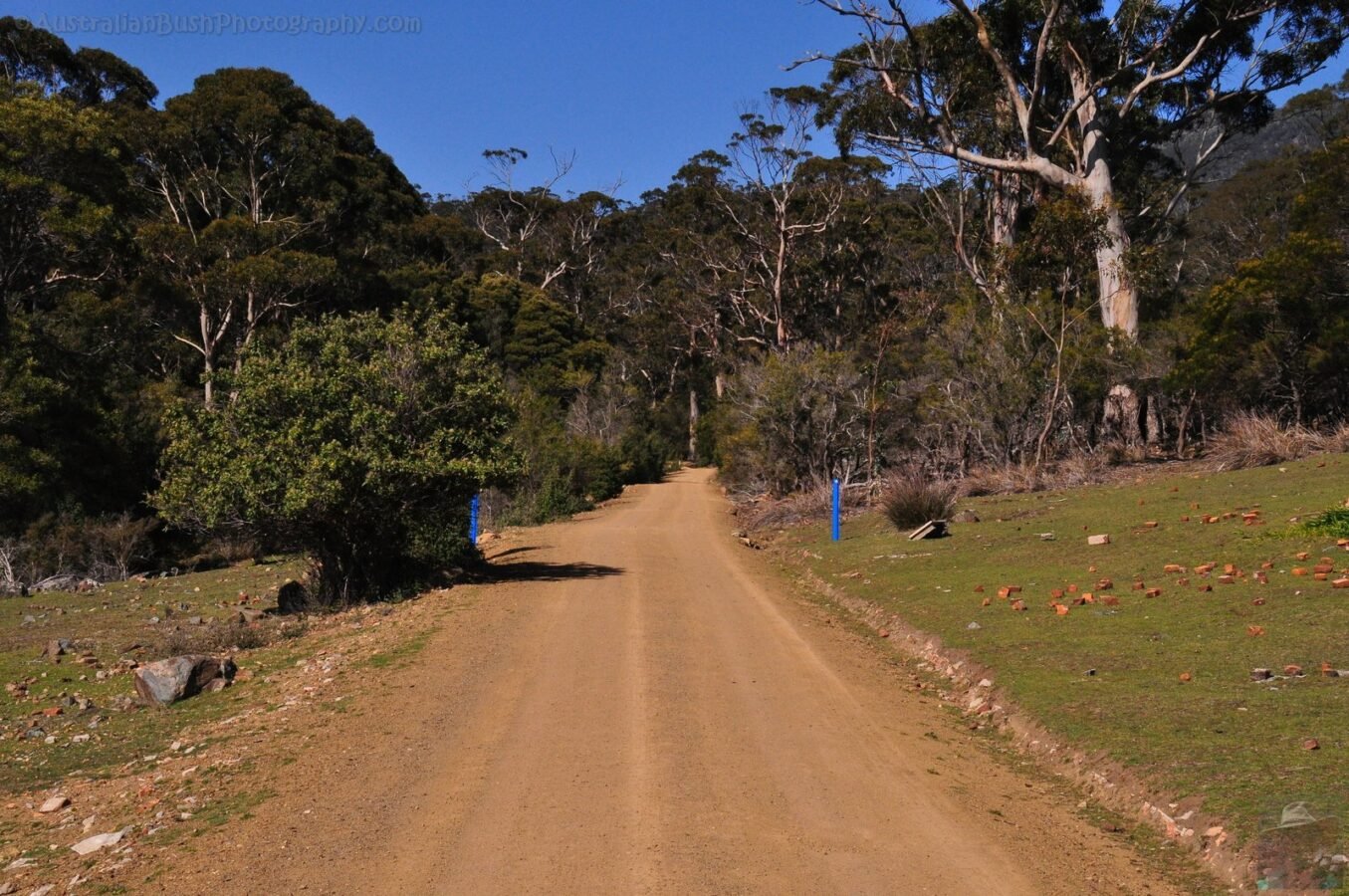

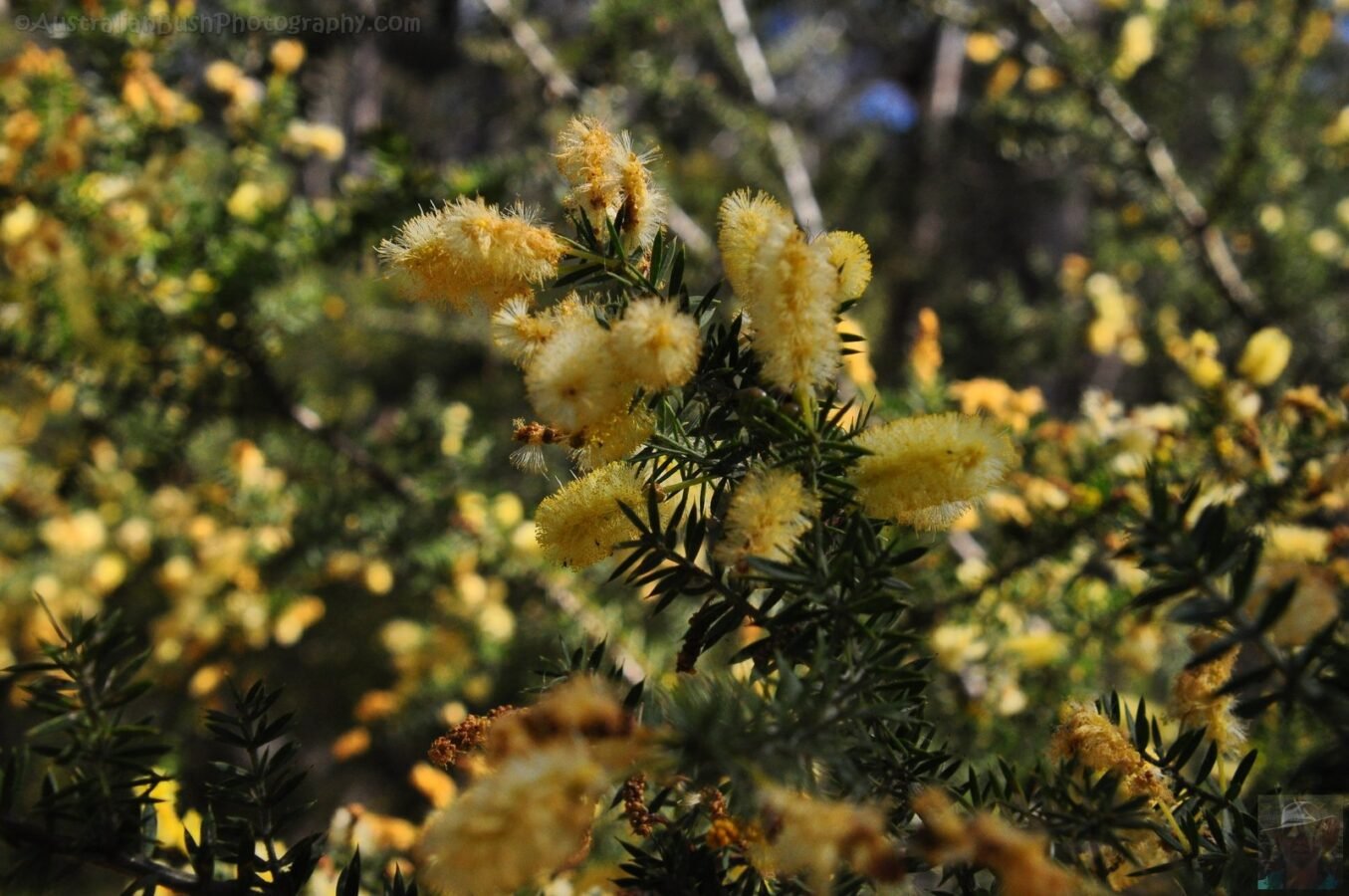
The next structure you come across is the Engine house; originally built to power sawmilling machinery it became the driver of a tramway to move quarry stone from nearby down to the jetty area and the Cement Factory; remains of the tramway bed can be seen heading away from the building.

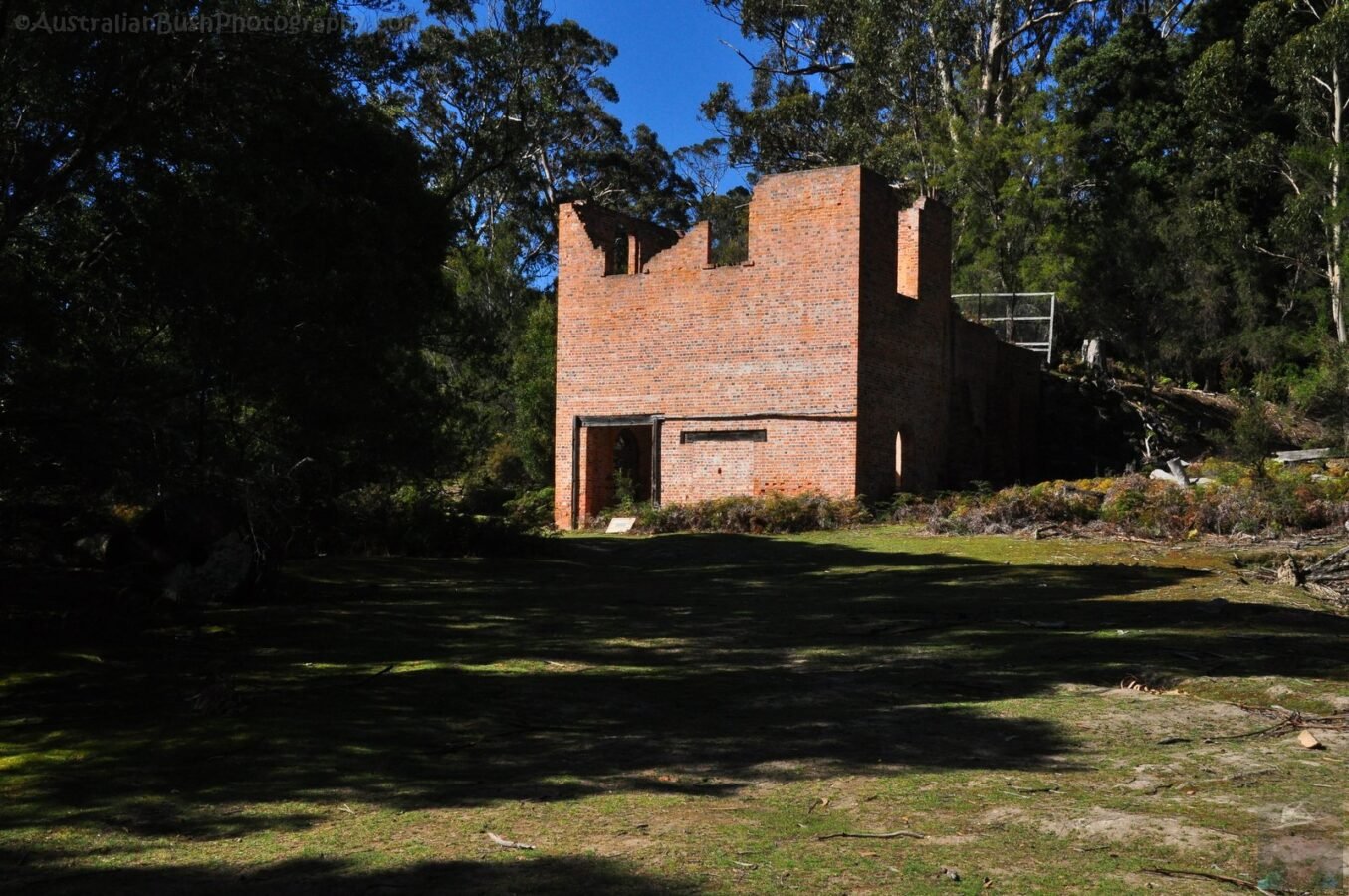

The final section of the walk to the coastline takes you up the steep incline after the gravel track ends; you pass by the quarry and reach the crest referred to in the guide as “Close to the Edge” – because it is and the cliff edge is totally unfenced, the next Post contiues from here where we still find Wombats grazing – there is one to the far right of the 4th image just below the rock face.

